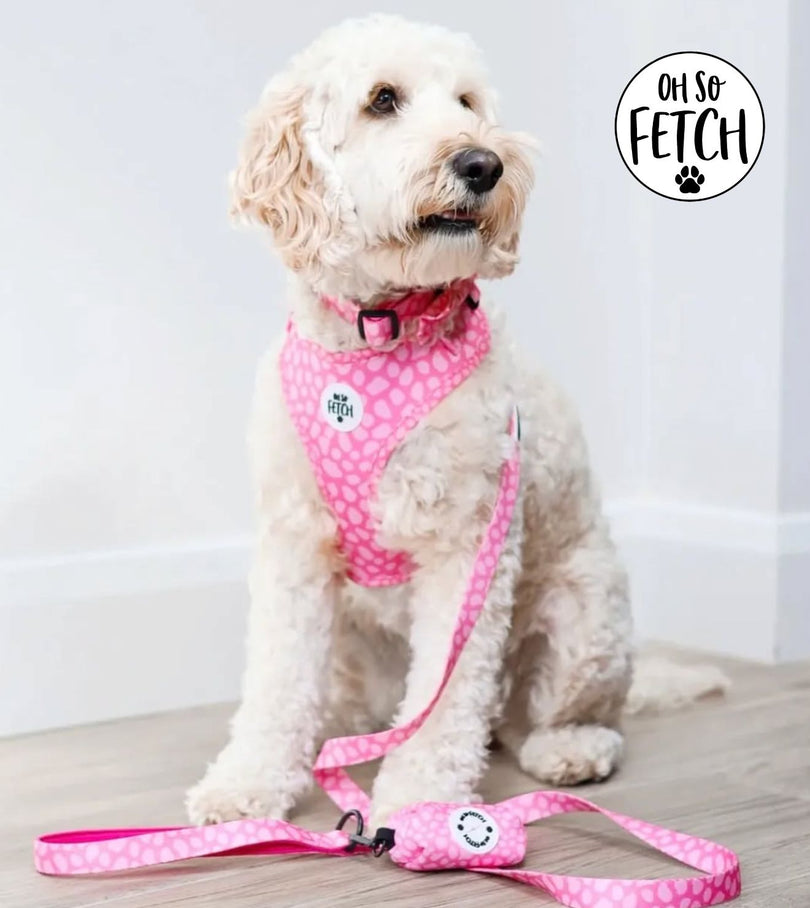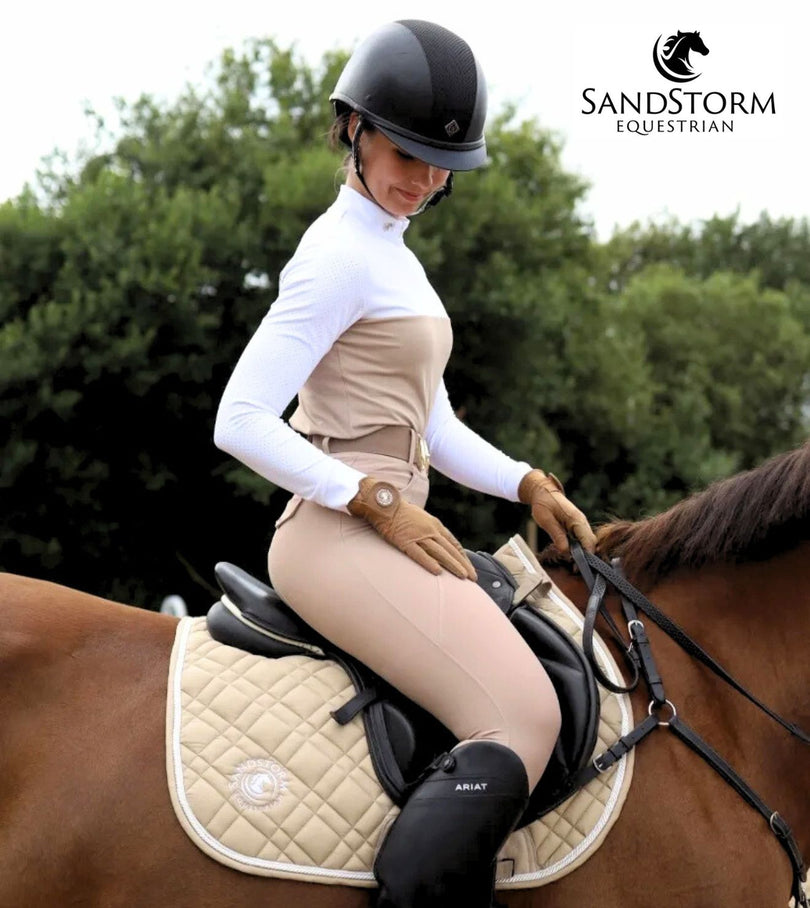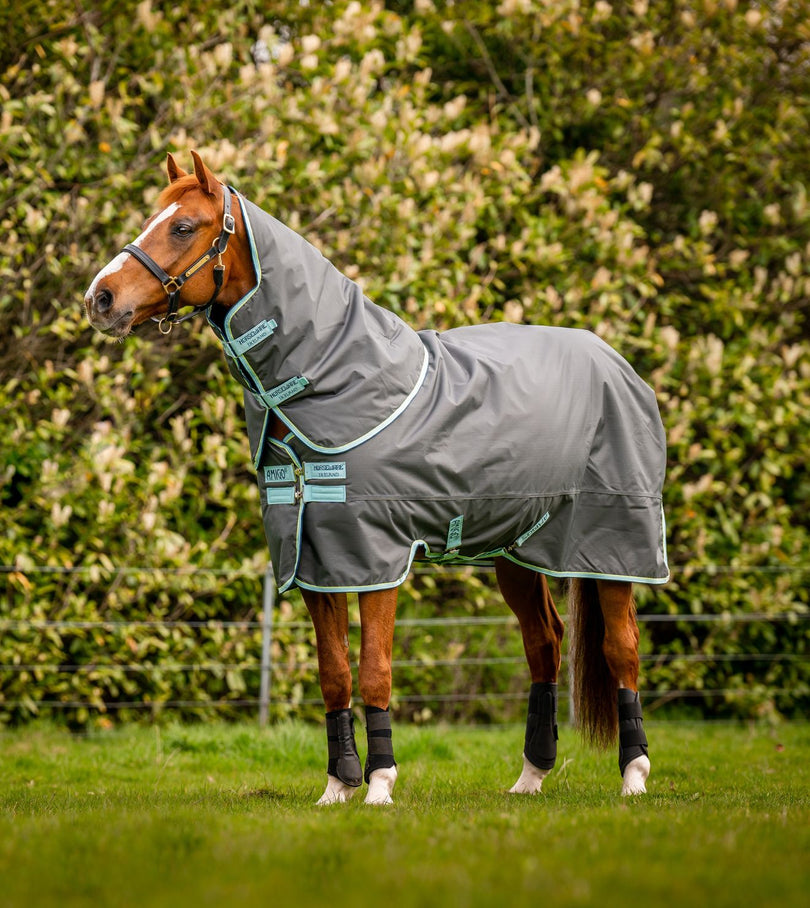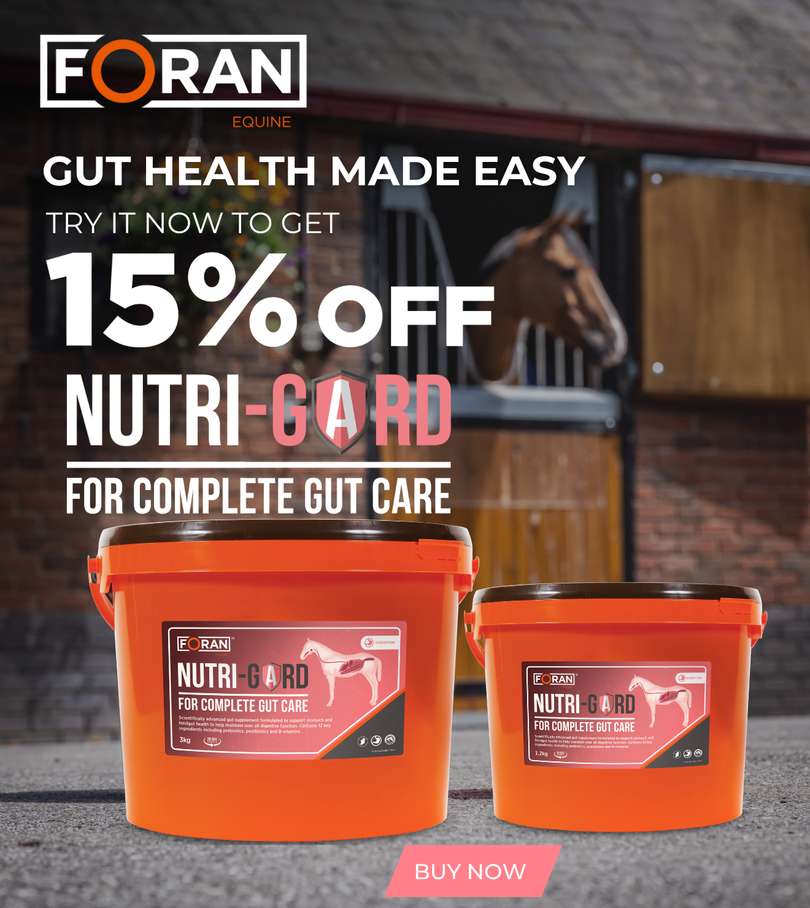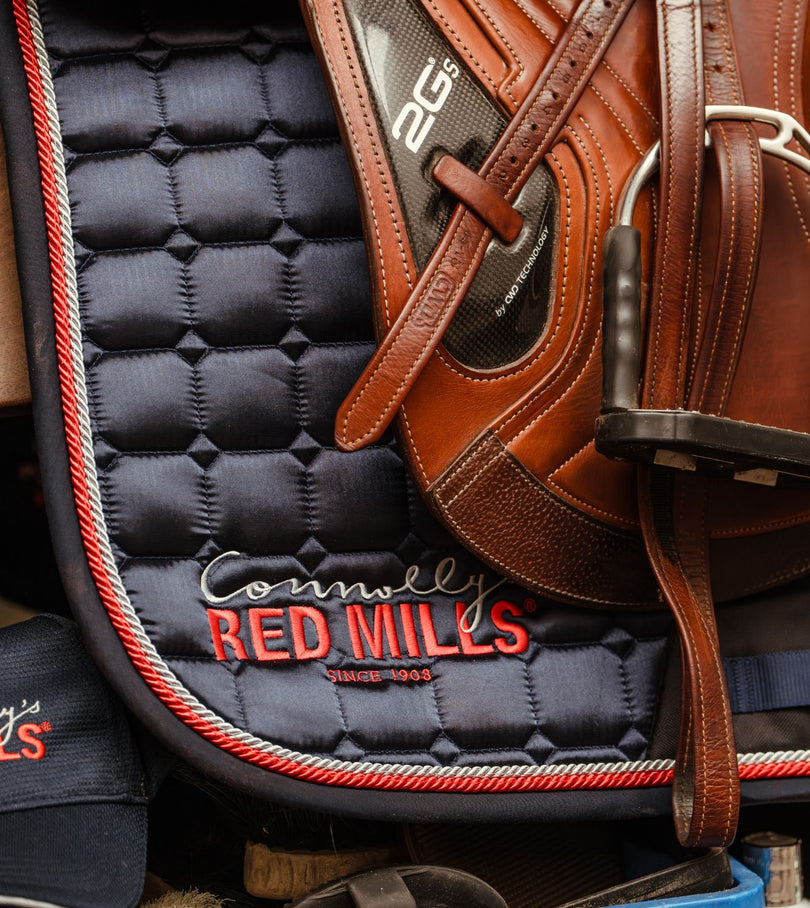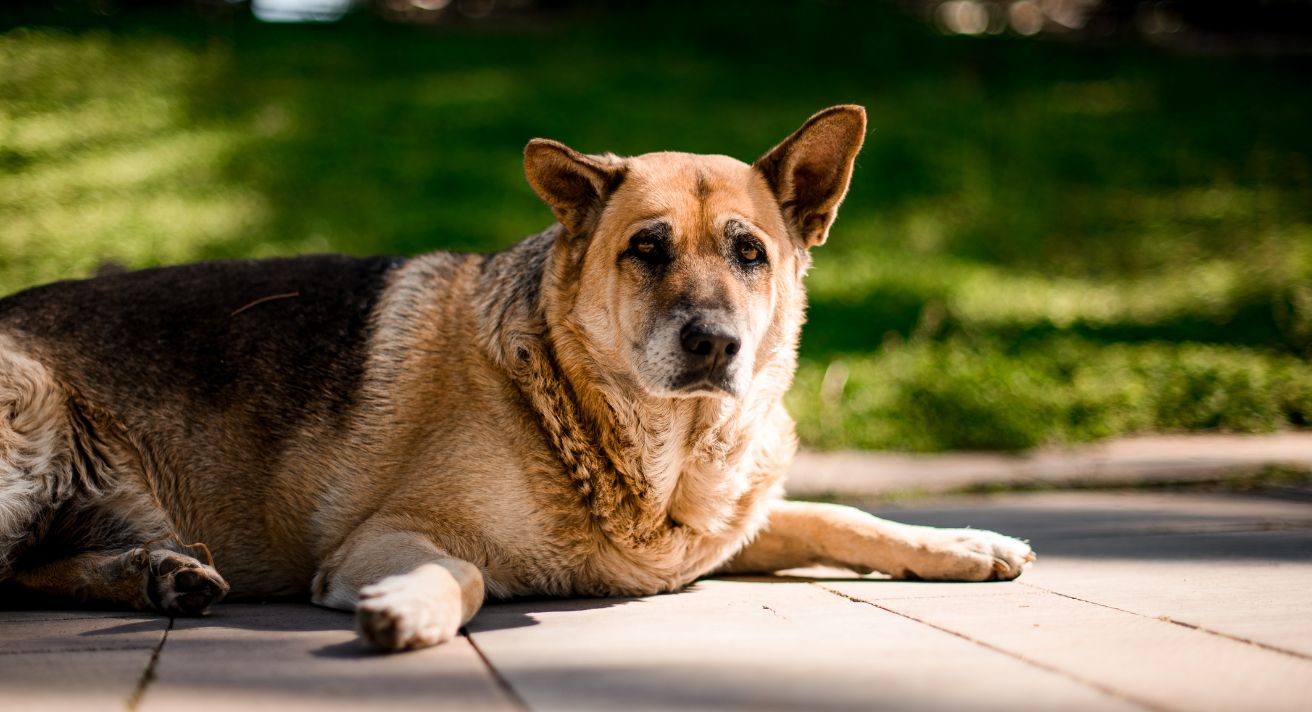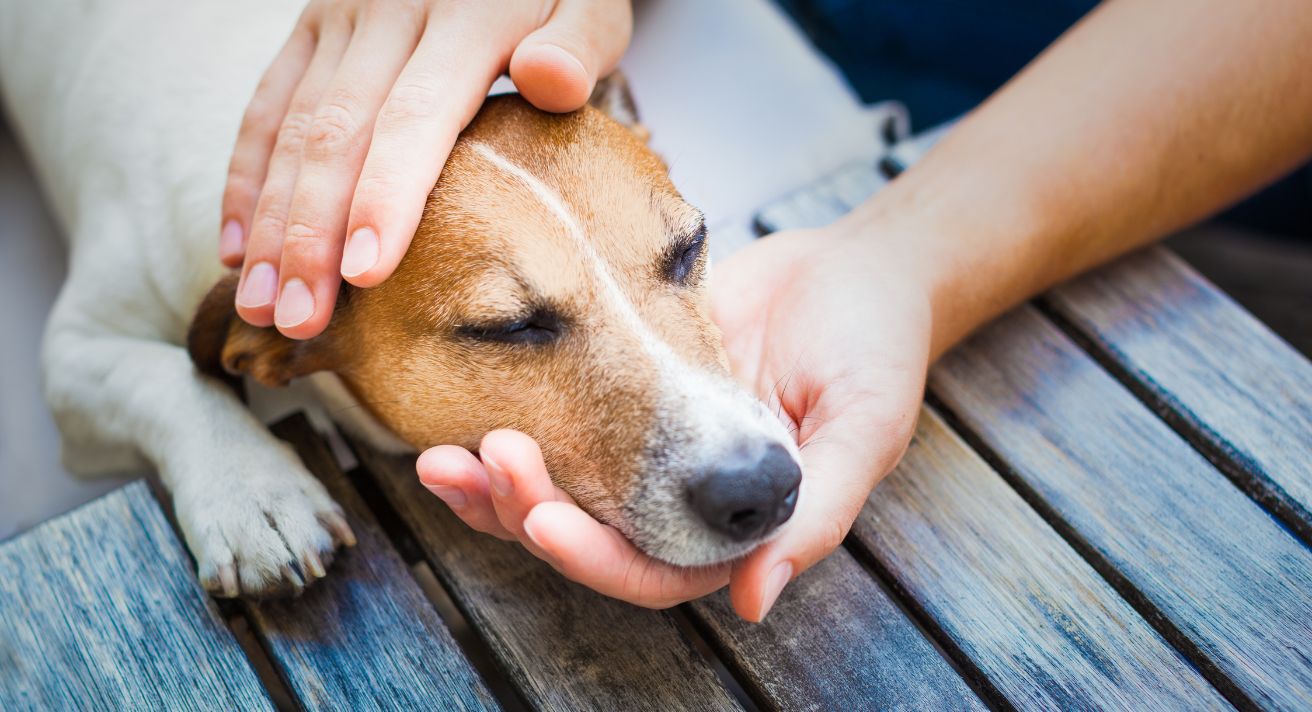Pancreatitis in dogs has many causes, and it can be difficult to determine exactly what triggered any individual case. However, we do know that a diet high in fat, or even a single intake of very high-fat food, can cause a dog to develop pancreatitis.
Table scraps are a common culprit. Owners of rescued dogs should be aware that their dog’s past diet can influence their current health. Animals that were stray are likely to have eaten any and everything they could to survive, and they deserve extra attention to their diet to minimise any harm to their health from foraging in rubbish and eating inappropriate foods.
Some dogs are more likely to develop pancreatitis than others, but it is impossible to predict if an individual dog will develop pancreatitis. Boxers, Border Collies, Miniature Schnauzers, Cavalier King Charles Spaniels, Cocker Spaniels and some miniature breeds are at greater than average risk. Dogs who are older or obese, and those who have diabetes or hypothyroidism, are also at higher risk.
What Is Canine Pancreatitis?
The pancreas sits next to the dog’s stomach in the abdomen. The job of the pancreas is to release enzymes that are essential to the digestive process and hormones that regulate blood sugar. Normally, the enzymes don’t start working until they reach the small intestine, where they do their work. But sometimes, they activate prematurely, while still in the pancreas. Then the enzymes attack the organ, causing pain and damage.
The disease can be fatal. Pancreatitis in dogs needs urgent veterinary care. If your dog shows the following symptoms, contact your vet.
- Signs of abdominal pain such as hunched back, lowering the front of the body, looking bloated.
- Vomiting and/ or diarrhoea.
- Loss of appetite
- Lethargy / weakness
- Fever
The dog’s prognosis depends on several factors including their overall health, but the faster they began treatment the more optimistic the outlook is. If you have reason to think your dog got some fatty food prior to the symptoms, be sure to tell your vet.
Fat and Your Dog’s Diet
Generations ago, people thought that dogs needed beef or lamb fat in their diet for a shiny coat. What we know now is that giving a dog fatty table scraps carries a real risk, and that other foods, particularly fish-based dog foods, offer the same benefits to skin and coat while also being good for your dog’s heart and overall health. Go Native has two fish-based flavours that can provide omega rich benefits, with our Herring and Salmon flavours, as well as Salmon for Puppies.
An individual dog’s need for calories and protein varies depending on their breed type, activity level, weight and overall health and fitness. And working Collie has different needs than a Yorkie who enjoys a leisurely 20-minute walk once a day. But every dog owner should choose a food carefully considering their dog’s individual needs.
All dogs can enjoy treats. The trick to provide them with varied healthy treats – and to resist their efforts to charm you into sharing your own food. And ensure that your dog does not have access to cat food. Cats have very different nutritional needs, and their food is much too rich for dogs.
By Irene Hislop





